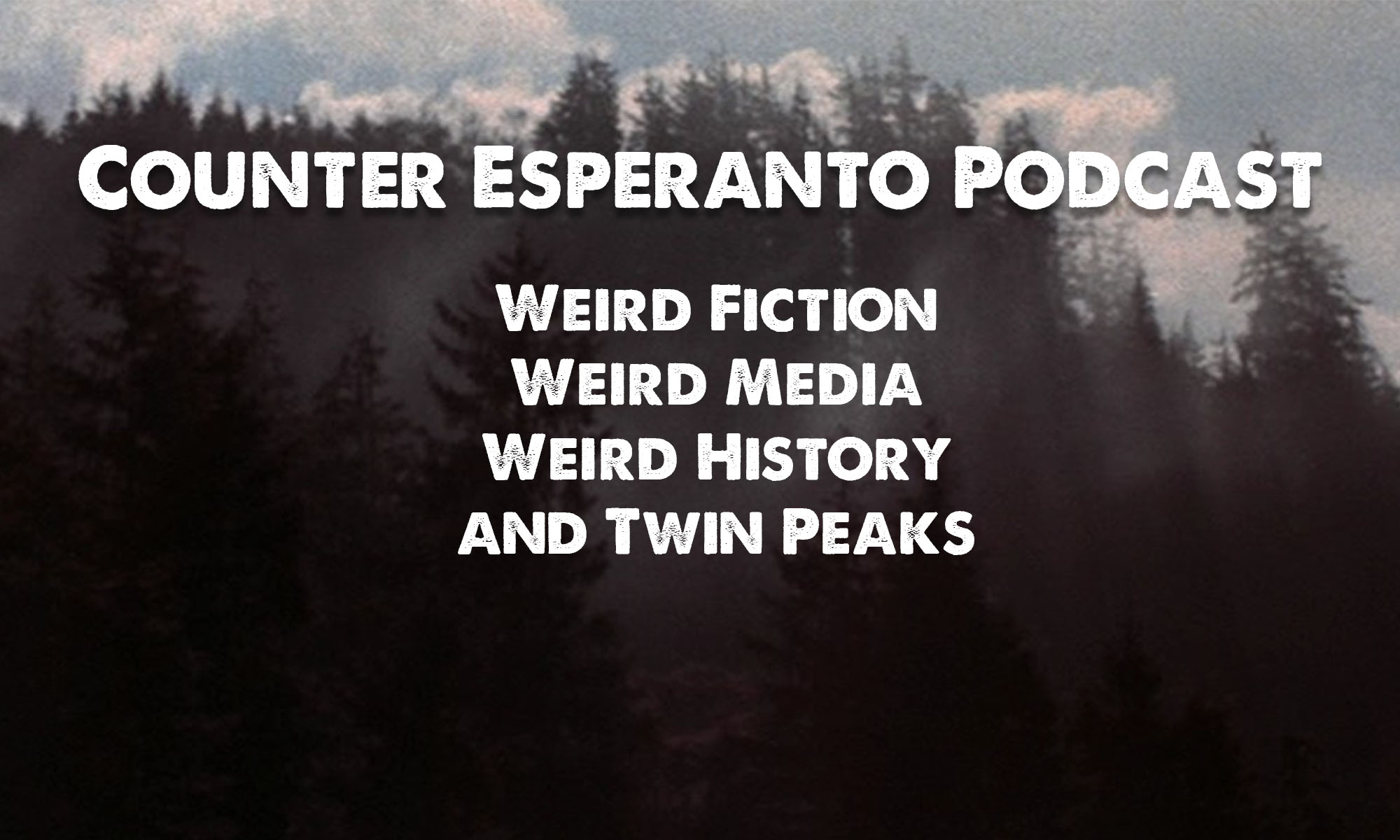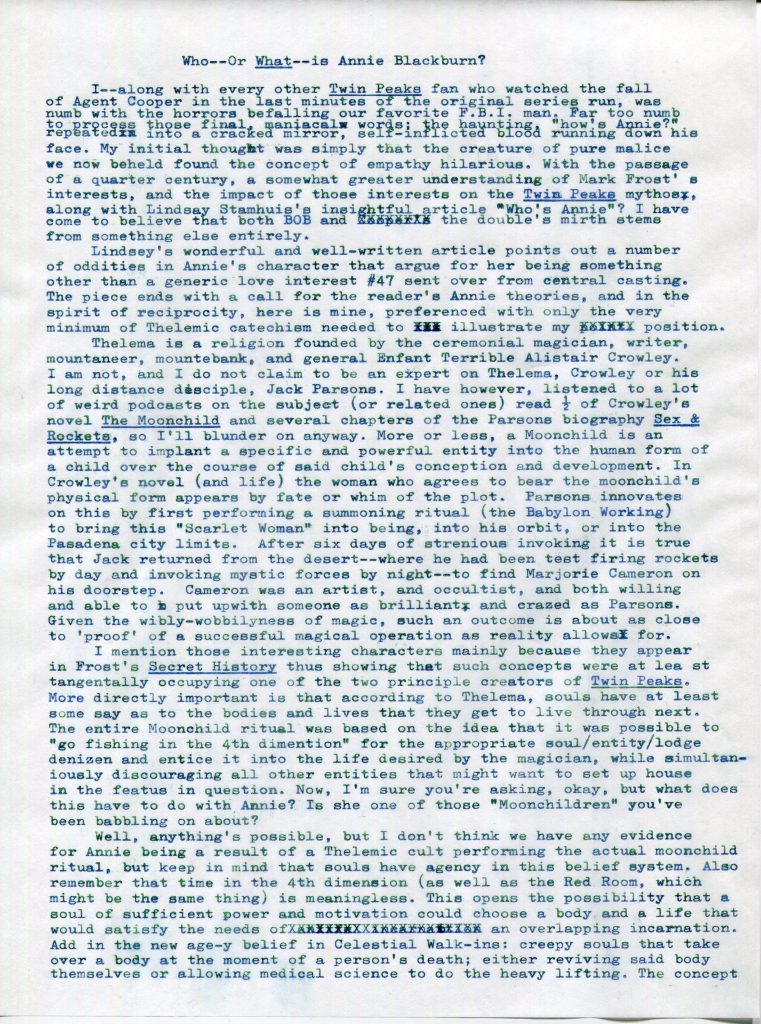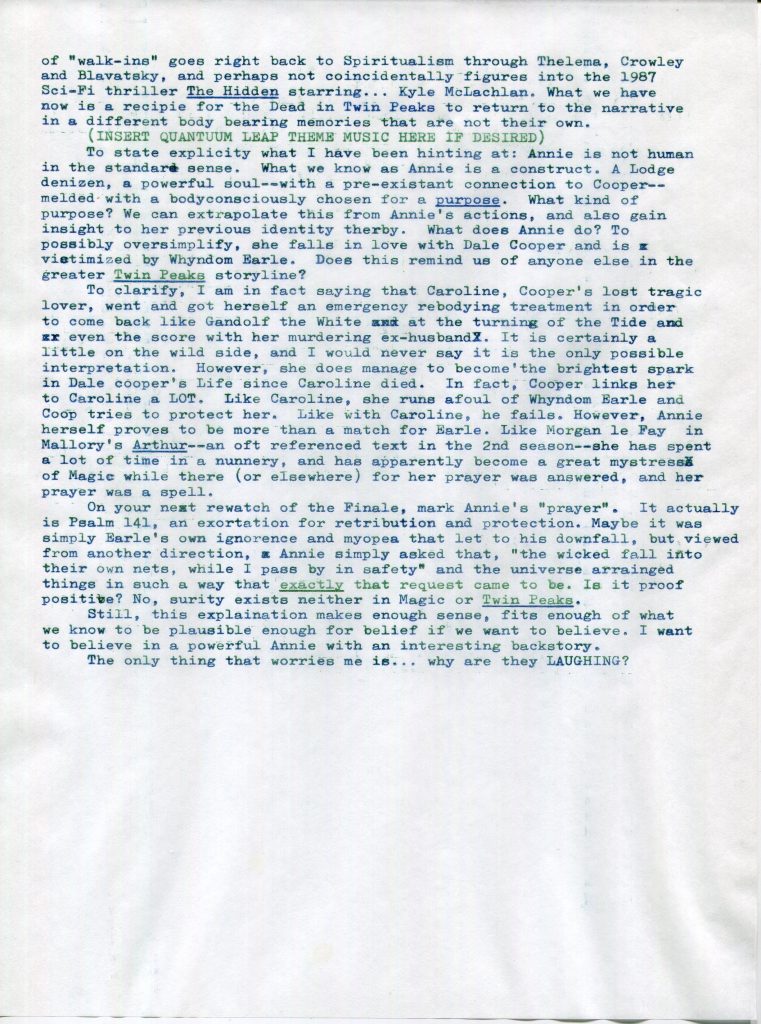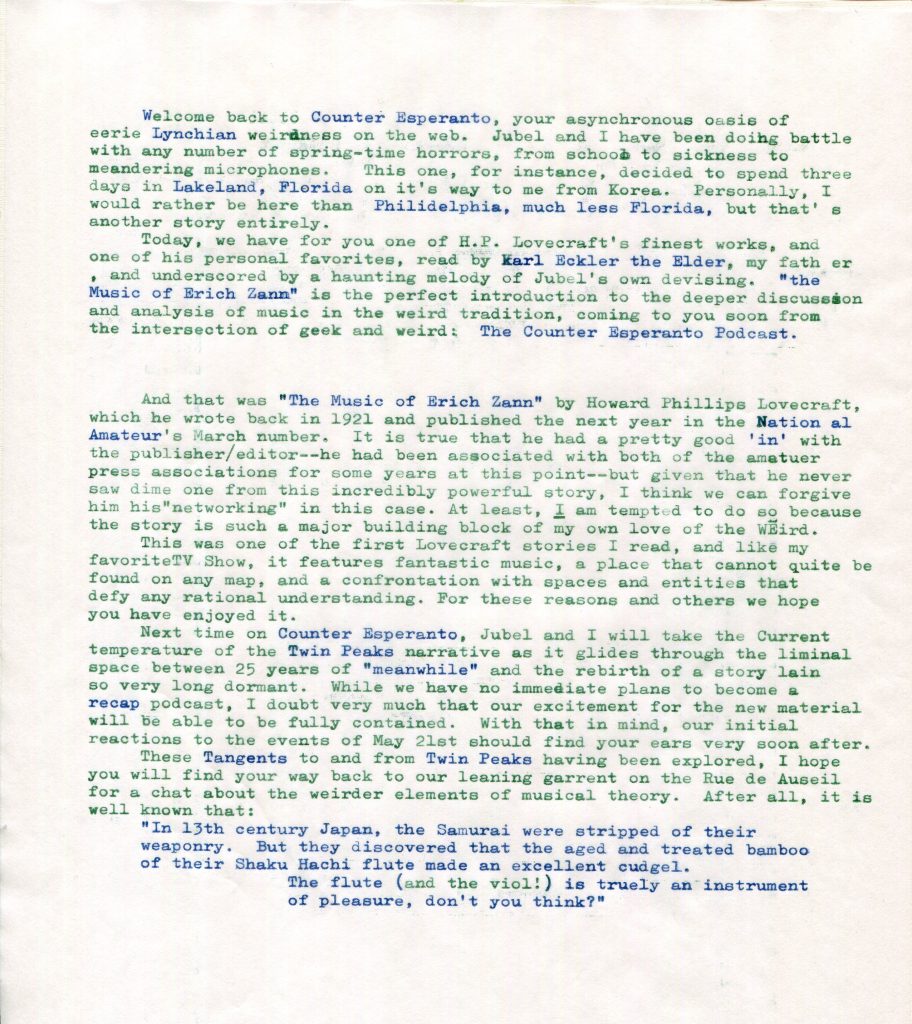An overarching theme of The Weird is that some knowledge is–or should be–forbidden. That seeing into the abyss means that it’s denizens may see you, reach you, touch you… and do worse than see and touch. In various ways, Twin Peaks has always dealt with this idea. Sara Palmer, the Log Lady, and Cooper himself all found themselves seeing beyond the normal 5 senses that most humans share, and all of them have paid a steep price. The Return has gone even further, introducing devices, spaces and places that offer glimpses behind the curtains of reality, and what we have seen there has been the exact opposite of safety and mundanity.
Therefore we offer you a chance to reset your clocks 97 years into the past and witness the very first time that the foundational horror writer H.P. Lovecraft ventured to set down the facts relating to what issues, From Beyond.
Podcast: Play in new window | Download
Subscribe: RSS



